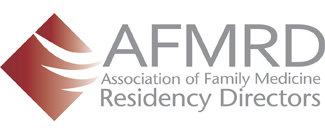The Specialty Takes Root
Within a few months of the approval for the American Board of Family Practice, 20 residency programs had been approved by the AMA Council on Medical Education. These programs had met the "Special Requirements for Residency Training in Family Practice" that had been approved in December 1968 (see Appendix). These "essentials," as they were commonly known, described a three-year program that covered family medicine, internal medicine, pediatrics, psychiatry, obstetrics and gynecology, surgery, and community medicine. This later was considered to be one of the unique components of family medicine.
Fundamental to these and subsequent family medicine programs was use of the model family medicine center. Whether a freestanding clinic or an outpatient wing of a medical center, the family medicine center offered the residents opportunities to follow their own patients, perform a variety of outpatient procedures, and experience a medical practice much like the one they would eventually establish. The programs were designed to provide a socioeconomic cross section of patients, as well as an age range from newborn to nursing home patient. Residents gained experience working with allied health professionals in a collaborative environment.
Such training was designed to prepare the resident for an office-based practice. Even more importantly, he or she could provide comprehensive continuity of care to meet socially identified needs.
Interest in the new specialty grew quickly. In fact, in 1974 one expert suggested that there would not be enough residency openings for all interested medical graduates that year.
